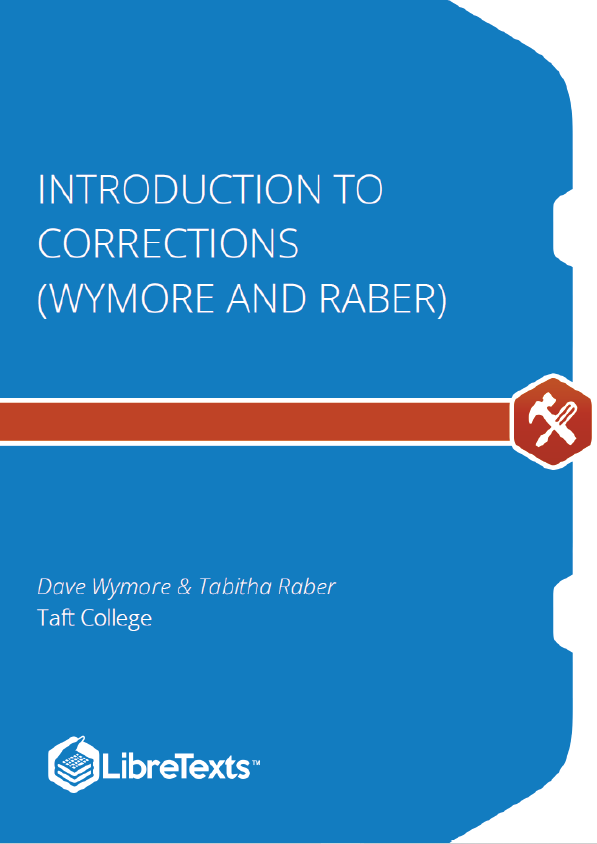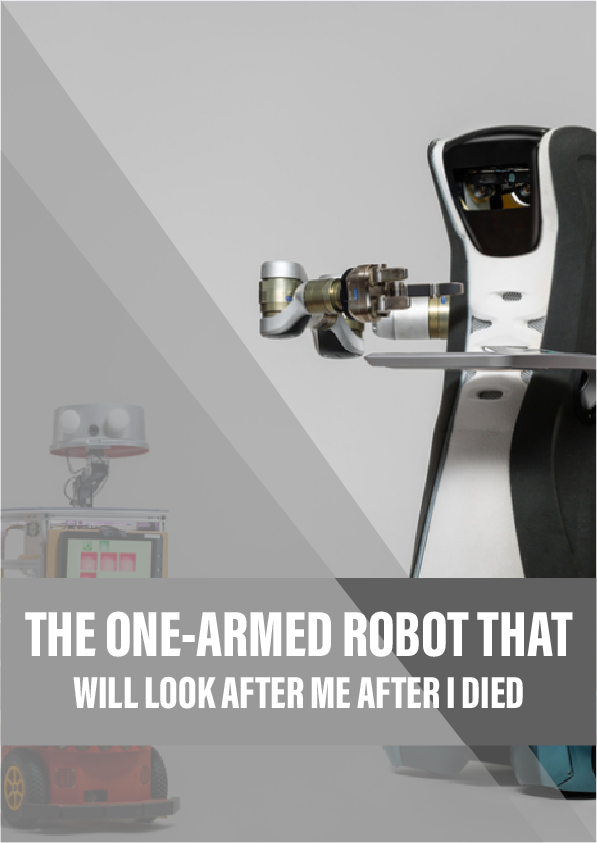Prior to the 1800s, common law countries relied heavily on physical punishments. Influenced by the high ideas of the enlightenment, reformers began to move the criminal justice system away from physical punishments in favor of reforming offenders. This was a dramatic shift away from the mere infliction of pain that had prevailed for centuries. Among these early reformers was John Howard, who advocated the use of penitentiaries. Penitentiaries, as the name suggests, were places for offenders to be penitent. That is, they would engage in work and reflection on their misdeeds. To achieve the appropriate atmosphere for penitence, prisoners were kept in solitary cells with much time for reflection.
Philadelphia’s Walnut Street Jail was an early effort to model the European penitentiaries. The system used there later became known as the Pennsylvania System. Under this system, inmates were kept in solitary confinement in small, dark cells. A key element of the Pennsylvania System is that no communications whatsoever were allowed. Critics of this system began to speak out against the practice of solitary confinement early on. They maintained that the isolated conditions were emotionally damaging to inmates, causing severe distress and even mental breakdowns. Nevertheless, prisons across the United States began adopting the Pennsylvania model, espousing the value of rehabilitation.
The New York system evolved along similar lines, starting with the opening of New York’s Auburn Penitentiary in 1819. This facility used what came to be known as the congregate system. Under this system, inmates spent their nights in individual cells, but were required to congregate in workshops during the day. Work was serious business, and inmates were not allowed to talk while on the job or at meals. This emphasis on labor has been associated with the values that accompanied the Industrial Revolution. By the middle of the nineteenth century, prospects for the penitentiary movement were grim. No evidence had been mustered to suggest that penitentiaries had any real impact on rehabilitation and recidivism.
Prisons in the South and West were quite different from those in the Northeast. In the Deep South, the lease system developed. Under the lease system, businesses negotiated with the state to exchange convict labor for the care of the inmates. Prisoners were primarily used for hard, manual labor, such as logging, cotton picking, and railroad construction. Eastern ideas of penology did not catch on in the West, with the exception of California. Prior to statehood, many frontier prisoners were held in federal military prisons.
Disillusionment with the penitentiary idea, combined with overcrowding and understaffing, led to deplorable prison conditions across the country by the middle of the nineteenth century. New York’s Sing Sing Prison was a noteworthy example of the brutality and corruption of that time. A new wave of reform achieved momentum in 1870 after a meeting of the National Prison Association (which would later become the American Correctional Association). At this meeting held in Cincinnati, members issued a Declaration of Principles. This document expressed the idea that prisons should be operated according to a philosophy that prisoners should be reformed, and that reform should be rewarded with release from confinement. This ushered in what has been called the Reformatory Movement.











